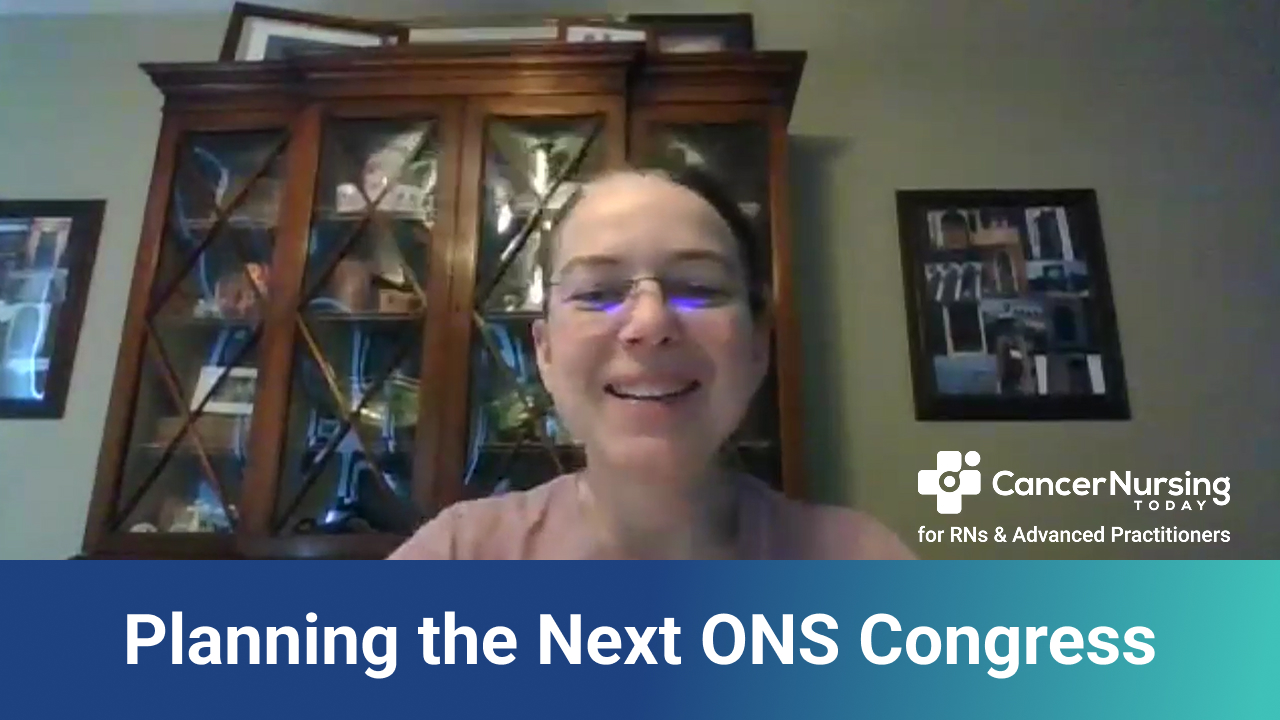
The rate of palliative care consult orders doubled after the creation of a standardized palliative care screening tool to be used by advanced practice providers (APPs), according to a presentation at the 49th Annual Oncology Nursing Society Congress.
Erin Szymanski, DNP, APRN-CNP, M.Div, EBP-C, BCC, of The Ohio State University James Comprehensive Cancer Center, and colleagues developed the tool and delivered the presentation.
The research team explained why it was important to create a standardized palliative care screening tool for use in patients with cancer in the intensive care unit (ICU), as these patients “face numerous challenges” and “such difficulties can be exacerbated by underlying cancer diagnoses and complications secondary to cancer treatment.” Palliative care “aims to address these concerns,” but may be underutilized in this population of patients, Dr. Szymanski and colleagues said.
“Although national rates of palliative care referrals have been increasing among hospitalized patients overall, the rate among [intensive care] patients with cancer diagnoses has been decreasing in recent years,” the presenters explained.
To address the decreasing rate of palliative care referrals in this population of patients, the project aimed to increase APP identification of patients in the oncologic ICU who had “the greatest potential palliative care needs, thereby increasing the percentage of this population with orders for palliative care consult,” according to Dr. Szymanski and colleagues. The secondary goal of the project was to “increase acceptance of palliative care as a valuable intervention for oncology patients during ICU admission,” they explained.
The presenters used input from APPs who staffed a 28-bed oncologic ICU to develop a standardized screening tool designed to identify key palliative care needs in this patient population. The tool’s screening criteria were derived from the Center to Advance Palliative Care’s toolkit for improving palliative care in the intensive care unit.
APPs used the screening tool in daily rounds for every patient and to assist in “identifying palliative care needs as they developed over the course of a patient’s admission,” the presenters explained.
The tool was evaluated during a 4-week initial implementation period. The researchers found that the rate of palliative care consults for patients in the oncologic ICU nearly doubled from 9.47% to 18.7% when they compared rates from the 4-week implementation period to the same 4-week period during the prior year. In addition, the average number of days from ICU admission to palliative care consult increased from 2.7 to 4.6 days, which “indicates that the screening tool helped identify palliative care needs that arose later in the ICU admission when compared to pre-intervention,” the researchers said.
Dr. Szymanski and colleagues reflected on the implementation of the tool and how it impacted screening rates.
“By creating a standardized screening tool that was utilized by APPs during daily rounds, rates of palliative care consult orders doubled, and palliative care needs were identified as they arose later in the ICU admission, they explained. “Utilizing a collaborative process in developing the tool was key to its successful adoption and implementation.”
Reference
Szymanski E, Jun J, Tate J, Zurmehly J, and Bauldoff G. Standardized palliative care screening in the oncologic intensive care unit. Presented at the 49th Annual Oncology Nursing Society Congress, April 24-28, 2024; Washington, DC.







 © 2025 Mashup Media, LLC, a Formedics Property. All Rights Reserved.
© 2025 Mashup Media, LLC, a Formedics Property. All Rights Reserved.